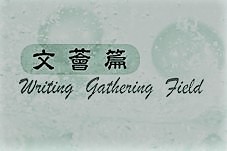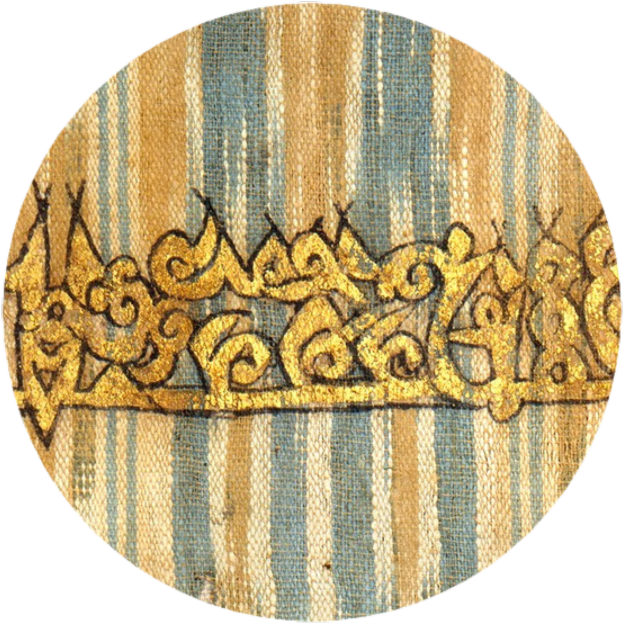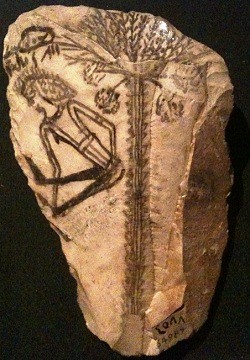
If you were led here by internet search, you probably wonder what you're reading, and longtime readers must wonder the same. A translation blog is what I call it, in the casual sense that all the verbal content is translated by me. Theory of translation concerns me intensely, but what you'll find here are mostly unplanned results of practice.
It began in 2008 as a sponge of Apelles flung at an internet canvas. The impulse is easy to recollect: after half a lifetime in the San Francisco Bay Area, I had just moved away, and I imagined that blogging would help me keep in touch with friends back home. In this regard it was not a success. My community's embrace of the medium had slackened, for one thing, but a bigger obstacle was my private nature. The blog carried no links to other sites, nor even my own name, and I doubt that anyone could tell I was reaching out. The content was no help, either. Having begun with translated material, I posted more, and it didn’t take long for the template to solidify, devoid of the diaristic or the confessional or anything that might invite a connection to living beings. And so the blog developed into a jumble of whatever I was reading that I didn’t want to forget.
There's a lot of this kind of thing on the internet, and whole genres of it in literary history at large. The Greek word for it is hypomnēmata, meaning "notes for private use," along the lines of Latin memoranda. Both words map onto an Arabic form of miscellany called tadhkira. A tadhkira can be an "injunction to remember," and with this sense the word appears in the title of many handbooks (example). The word also applies to literary compilations for semi-private use that were organized around the manias of the compiler, i.e. scarcely organized at all. "Readers," one might call such texts, or even "reader's digests," without the usual connotation of brevity: the Tadhkira of Ibn Ḥamdūn ran to a dozen manuscript volumes, and the Tadhkira of al-Ṣafadī to some thirty. If  this blog had an Arabic title, it could only be al-Tadhkira.
this blog had an Arabic title, it could only be al-Tadhkira.
Its actual title was lifted from a bilingual religious publication found in certain vegetarian restaurants. I'm not qualified to parse it myself, except to relate that "writing gathering section" is a more accurate translation of the Chinese running head within the magazine. But "field" is good because it's polysemous, suggesting growing things (an idea already present in 薈, the character for "gathering"), and room for creative work (Greek χώρα). When filling out an online form, one is told to "populate the field," which is a phrase I don't love but can't deny it's what I'm doing here. All that is what makes this my Writing Gathering Field.
The motives for keeping a private blog are easy to understand. Why give this one a public face? Mercenarism is a large part of it. Books need people to sell them, and personhood now has this necessary online component, where lacking an internet presence is like failing to cast a shadow. And what kind of writer doesn't want to be read? So the blog has had to serve as a publicity vehicle for whatever books and articles I manage to put out. There's now a professional-looking author page with drop-down links and a News page for the public to stay informed, but for habitués of Writing Gathering Field the Announcements tag will continue to serve that purpose.
Another reason for outward candor is the amount of traffic that some posts attract, enough to void the pretense of a private blog. To my seekers after ancient veterinary medicine, descriptions of the locust (1, 2), and cat poems (1, 2, 3), I am glad to be of service, and I promise more pre-modern news of the animal kingdom to come.





